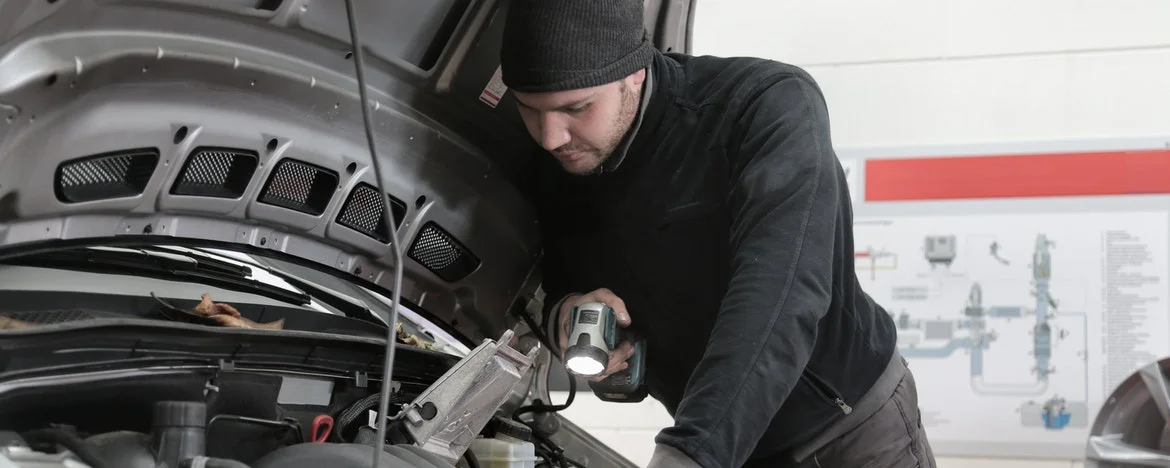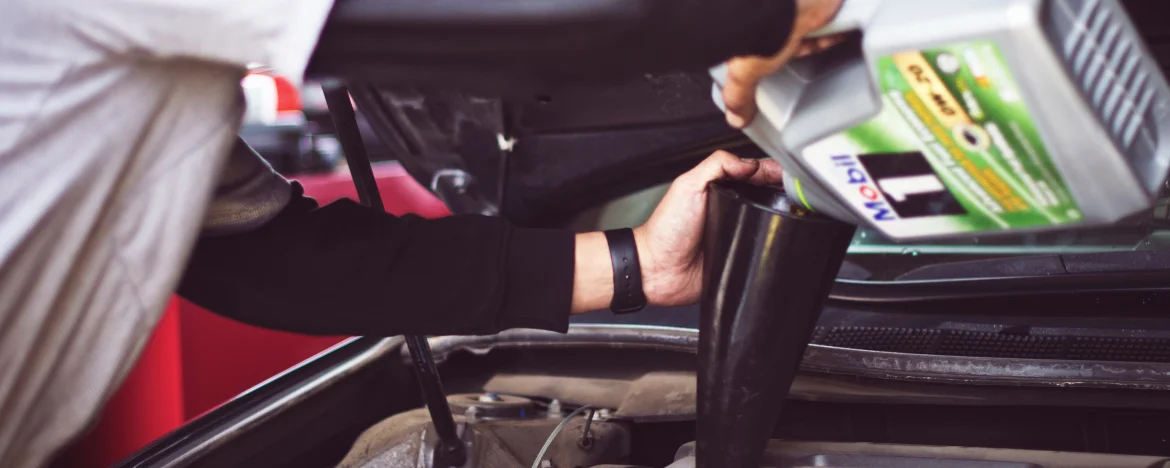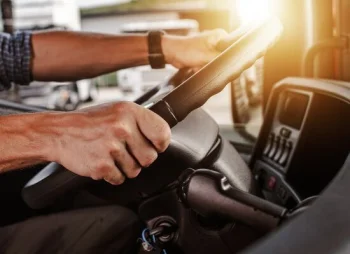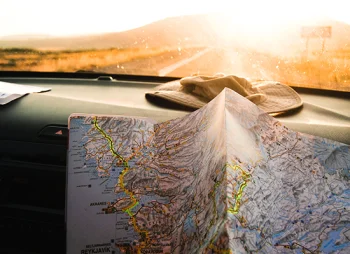You’ve packed your car up and you’re ready to hit the road, but have you made these essential car checks yet?
When it comes to ensuring a safe and comfortable drive, there are several things you should do to increase confidence in your car.
The most stressful part of a trip is probably the part before you leave.
You’re probably panicking about all the packing, planning the itinerary, fitting everything and everyone in the car, resulting in those necessary car checks being the last thing on your mind.
If you spend just a little time preparing your vehicle for the trip beforehand, you can avoid the problems that might ruin your fun along the way. We’ve compiled a checklist of things you should always check before you depart on a long journey.
So, what are you waiting for? Get your vehicle into tip-top shape!







